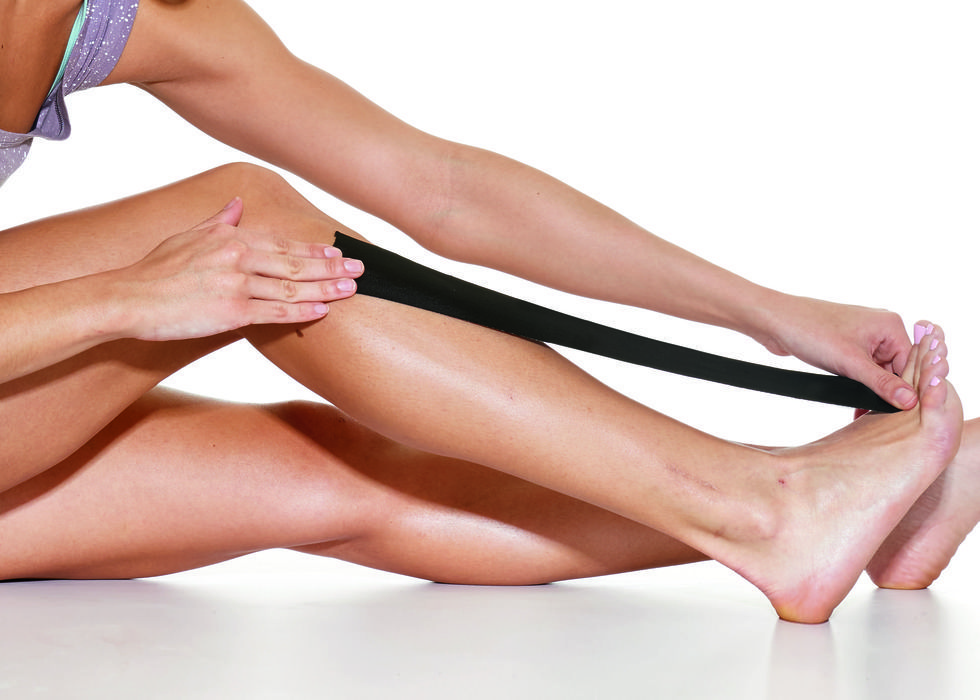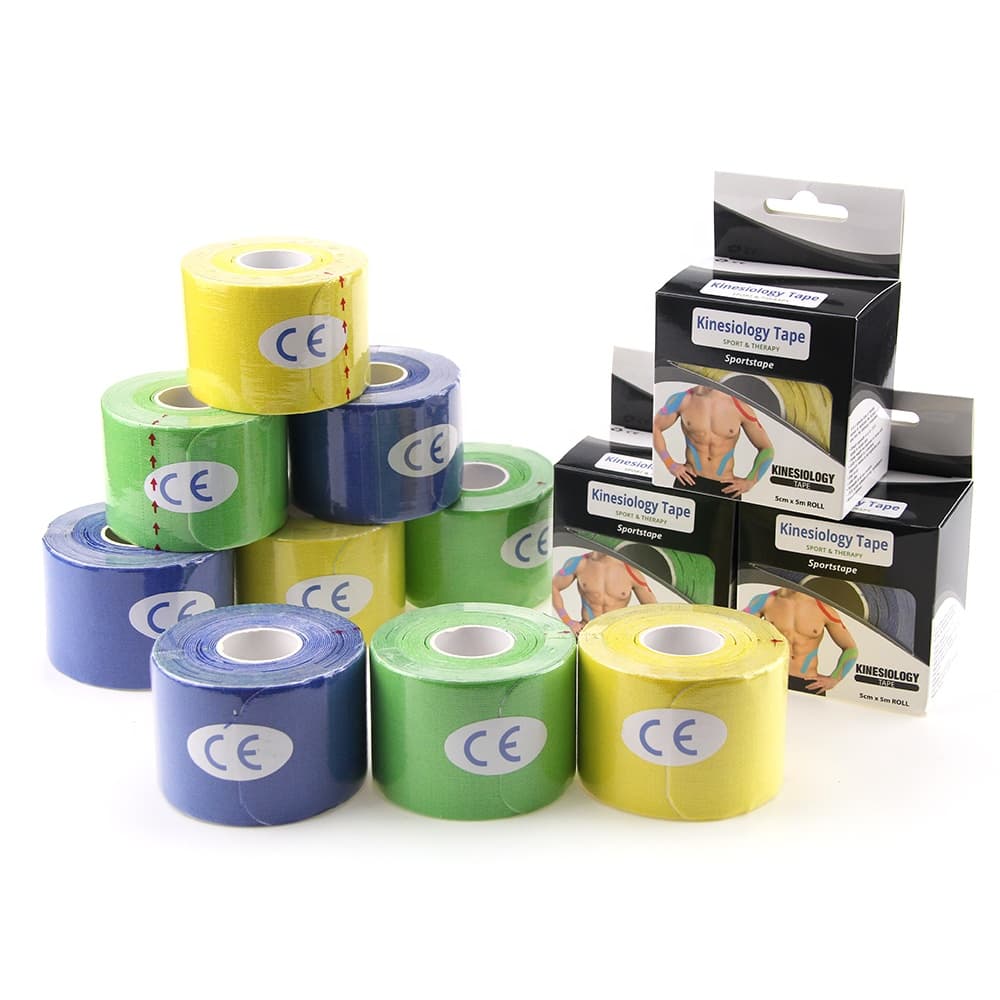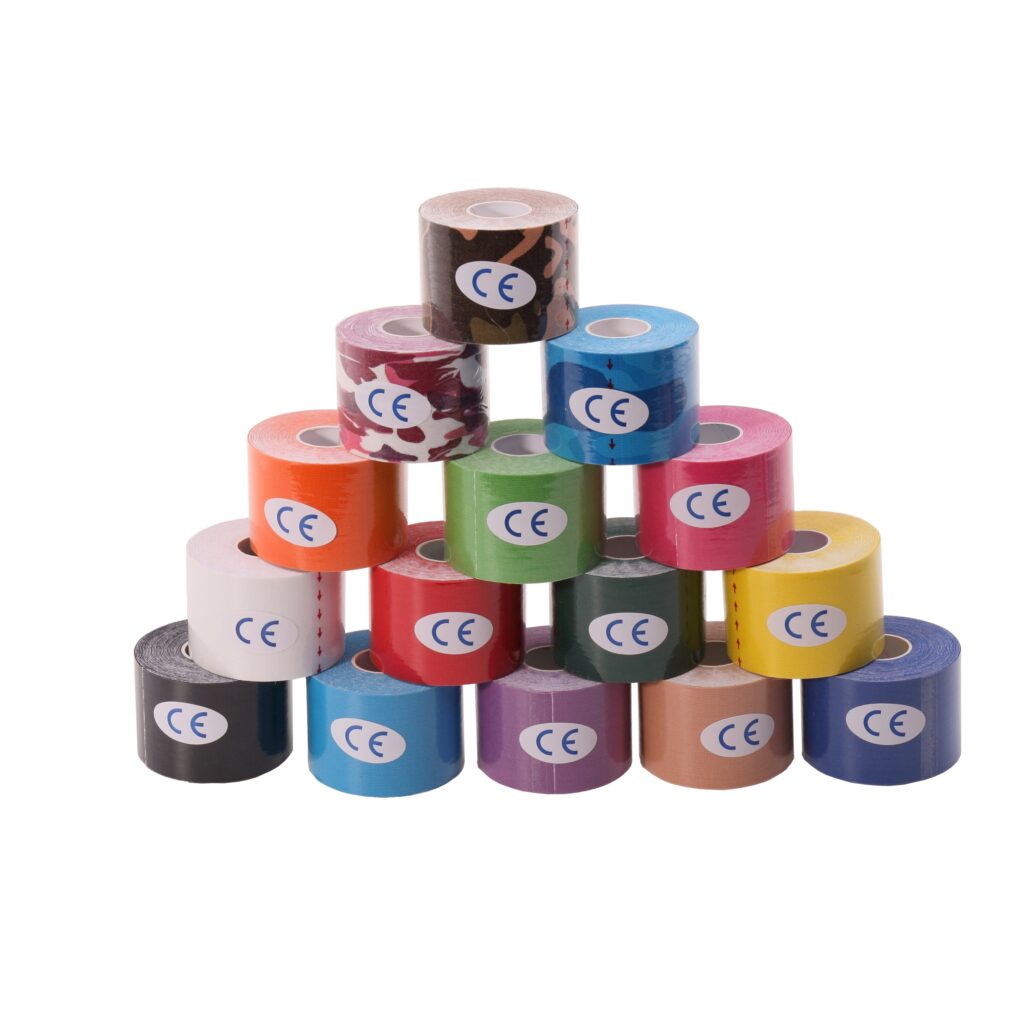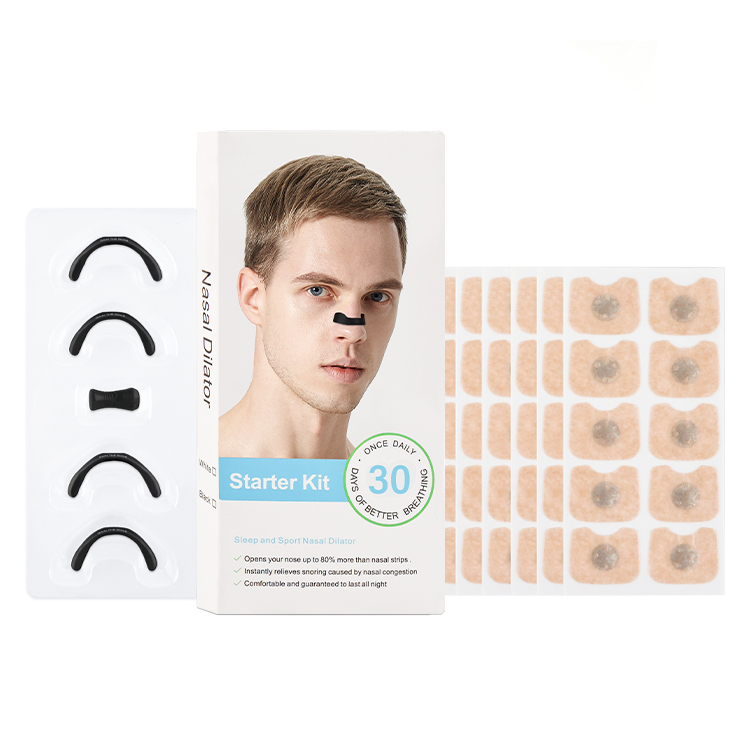Before learning to use kinesiology tape for shin splints, we should now understand what a shin splint is and where in the body, shin splints are also known as medial tibial stress syndrome, which is caused by inflammation of the tissue in this area causing pain on the medial edge of the shin bone. Usually, this is located between the mid-calf and the ankle. Pain can be dull or sharp and is usually caused by high-intensity motion that overloads the shin. It usually goes away with rest. Complications may include stress fractures.
Shin splints are usually caused by excessive physical activity, so now you should know what a shin splint is. At this time, you need kinesiology tape for shin splints to help solve this problem. The kinesiology tape for shin splints is to protect and support Functions, relieve pain and fatigue, prevent sports injuries caused by excessive muscle contraction, increase the space between skin and muscles, increase the flow rate of blood, lymph, and other body fluids, drive the metabolism of subcutaneous tissue, etc. Here I will introduce a kind of Great way to stick on shin splints.

1. Prepare three muscle stickers, as shown in the picture below, and cut them to fit the length of your shin splint.
2. To better fit the skin, it is recommended to keep the calf dry. The right-angled edges of the kinesiology tape for shin splints also need to be cut into rounded corners to avoid accidental rubbing off. Please see the video introduction below for details.

Does kinesiology tape for shin splints shins help shin splints?
Wrapping the calf is helpful for the shin splint because the shin splint is in the area of the calf, but you still need to pay attention to the method. Only the correct fit in the shin splint area can relieve pain and promote recovery.

How do you heal shin splints fast?
If you want to heal the shin splint quickly, you can only do it step by step. You can use kinesiology tape for shin splints as an auxiliary function, which can relieve pain, support the leg, and play a very good role in the recovery of the back. If you are an athlete and train every day, you should pay more attention to your running posture.
Correct posture includes starting with the toes lifted, rolling the arch of the foot upward (called pronation), and touching the ground with the outside of the foot as much as possible. Gently roll the foot inward (called eversion) and lift the heel. Ideally, you want your heels to lift evenly and not push too hard on one side so that you can minimize the severity of the condition and allow it to recover slowly.
If you are an ordinary person, you don’t need to run every day for training. Here I suggest you take a break first. When you have enough rest and take a break from running for a while, your shin pain will disappear. However, this isn’t always the case – recurrences of shin splint symptoms are common when someone’s shape is not addressed.
To treat shin splints, you can do it through cross-training, meaning doing a variety of exercises each week, rather than running continuously. Paired with kinesiology tape for shin splints, this helps support the rest of your body while running to build strength and take pressure off your shins and heels.
Try strength training a few times a week to work the muscles in your upper and lower body (including your glutes and thighs) without straining your calves. Swimming laps, yoga, TRX, biking or just walking are also great ways to rest your week.
Make sure to stretch properly before, after, and in between workouts, too. To stretch and strengthen your calf muscles as part of your shin splint treatment, try lifting your toes and slowly lowering your heels to the floor again and again.
You can kneel on the floor, bring your legs and feet together, toes straight back, and gently extend your Achilles heel. Sit gently on your calves and heels for at least 12-15 seconds to stretch your calf muscles.
The combination of rest proper physical exercise, and the assistance of kinesiology tape for shin splints will make you recover faster.
Click here to learn more about how to use kinesiology tape. If you want to learn how to use kinesiology tape for shin splints, click the link.

where to get kinesiology tape
There are many ways to purchase tapes. You can view and buy in offline stores or on your mobile phone. But when you ask that question, here’s a good kinesiology tape for shin splints recommendation for you. You will definitely want to know which kinesiology tapes for shin splints are good and which ones are bad when you buy them. You can’t judge the quality of so many tape brands just like this.
I just recommend a kinesiology tape for shin splints. It is produced by the kinesiology tape manufacturer. There is also a reason for recommending this one to you. Because the aupcon factory has been established for more than ten years and has a lot of experience in producing kinesiology tape, the product quality is good. Don’t worry, it is also exported to many countries, and its reputation is also very good.
The reason why it is worth buying is that aupcon also supports large-volume supply, and customized packaging is available for you to choose from. There are also multiple logistics methods, and they will be delivered as quickly as possible. And also provide sample service. In this area, we respect the real experience of customers. Only when you feel it can you buy it with confidence. So you can try this brand of kinesiology tape for shin splints, which are very easy to use.



